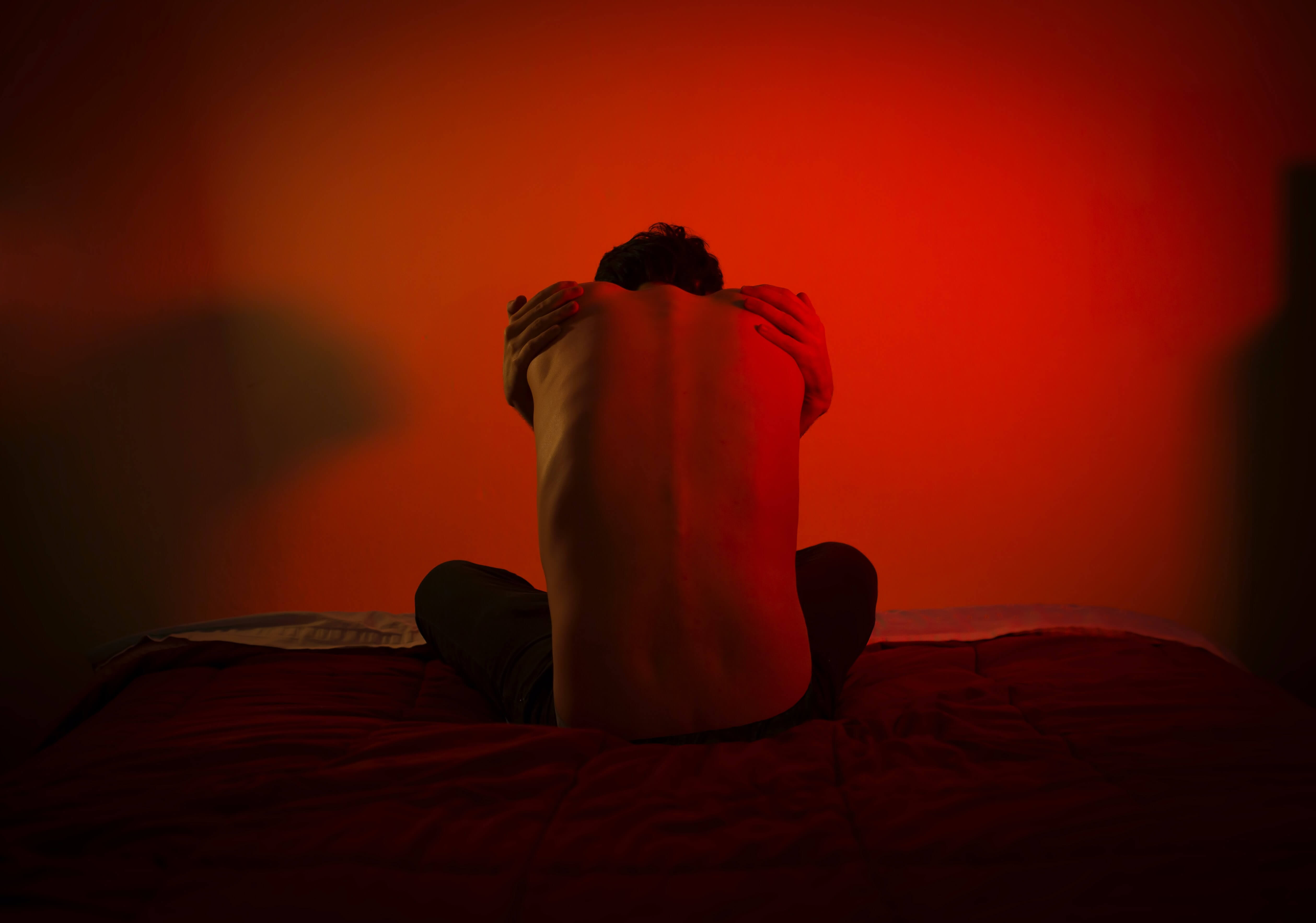What are bedsores?
The elder bedsore can occur when a elder is bedridden or otherwise unable to move, unconsciously or unable to perceive pain. Bed ulcers are ulcers that occur in areas of the skin that are compressed by lying in bed, sitting in a wheelchair, or long-term cast. Bed sores are also called pressure injuries, pressure ulcers, pressure ulcers or bedsores.
The elder bedsore can be a serious problem in frail elderly people. They may be related to the quality of care received by the person. If a person who cannot move or is bedridden is not turned over, is not properly placed, and is not receiving good nutrition and skin care, bedsores will develop. People with diabetes, blood circulation problems and malnutrition are at higher risk.
What are the causes of bedsores?
When the blood supply to the skin is cut off for more than 2 to 3 hours, bedsores will appear. As the skin dies, the bedsore first begins as a red, painful area, and finally turns purple. If left untreated, the skin will crack and the area will become infected.
Bed sores can become very deep. It can extend into muscles and bones. Once bedsores occur, their healing is often very slow. Depending on the severity of the bed sore, the patient's physical condition, and the presence of other diseases (such as diabetes), it may take days, months, or even years for bedsores to heal. They may need surgery to help the healing process.
Bed sores often occur in the following areas
-Hip area (tailbone or upper hip)
-Heel
-Scapula
-Back of head
-The back and sides of the knee
What are the risk factors for bedsores?
Bedridden, unconsciousness, inability to perceive pain, or inability to move can increase the risk of bedsores. If you do not turn over, do not have the correct posture, and do not provide proper nutrition and skin care, the risk will increase. People with diabetes, blood circulation problems and malnutrition are at higher risk.
What are the symptoms of bedsores?
The elder bedsore are divided into four stages, from the least severe to the most severe. These stages are
- The first stage. The area looks red and feels hot to the touch. If the skin is darker, the area may have a blue or purple hue. Patients may also complain of burning, pain, or itching.
- second stage. The area looks more damaged, and there may be an open pain, scratch, or blisters. The patient complained of significant pain and the skin around the wound may be discolored.
- The third stage. The area has a pit-like appearance due to damage below the skin surface.
-The fourth stage. The area was severely damaged and a large wound appeared. Muscles, tendons, bones, and joints may all be affected. Infection is an important risk at this stage.
When the wound has a full-thickness tissue loss, and the bottom of the ulcer is covered with mucus, or anthrax is found on the wound bed, the wound cannot be divided into one stage. The color of the silt may be tan, gray, green, brown, or yellow. Anthrax is usually tan, brown, or black.
What are the complications of bedsores?
Once bedsores occur, it may take days, months, or even years to heal. It can also be infected, causing fever and chills. Infected bedsores may take a long time to heal. As the infection spreads in your body, it can also cause confusion, rapid heartbeat, and general weakness.
Can bedsores be prevented?
The elder bedsore can be prevented by checking the reddish areas of the skin (the first sign of broken skin) every day, paying particular attention to the bones. Other ways to prevent bedsores and prevent the deterioration of existing bedsores include.
-Turn over and reposition every 2 hours
-Sit upright in a wheelchair and change your position every 15 minutes
-Provide cushions on wheelchairs and beds to reduce stress
-Provide good skin care, keep the skin clean and dry
-Provide good nutrition, because if you don't have enough calories, vitamins, minerals, fluids and protein, no matter how carefully you take care of it, bedsores will not heal.
Key points about bedsores
-Bedsores are ulcers that occur on the skin area that is compressed by lying in bed, sitting in a wheelchair, and/or long-term cast.
-Bed sores occur when a person is bedridden, unconscious, unable to perceive pain, or unable to move.
-Bed sores can be prevented by checking the redness of the skin (the first sign of skin breakage) every day, paying particular attention to the bones.
